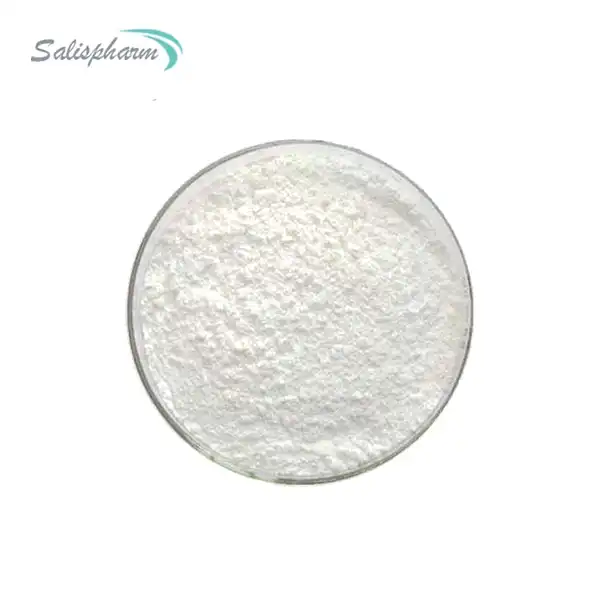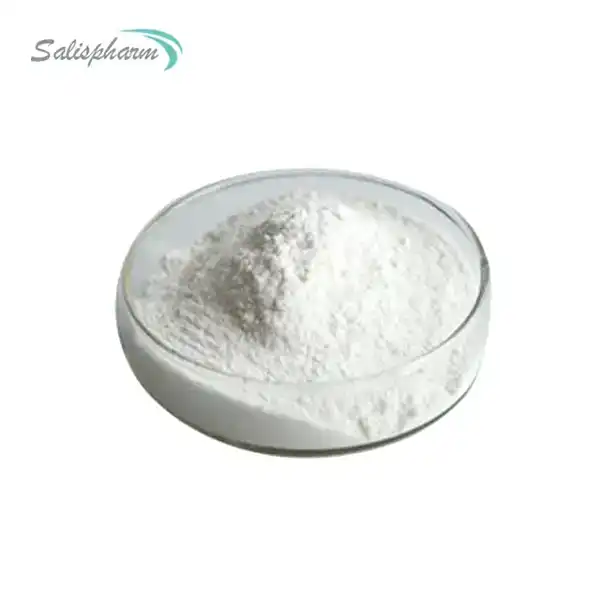Amoxicillin is a widely used antibiotic medication for various bacterial infections. One common question that arises is what to mix amoxicillin powder with for administration. This article aims to provide a comprehensive overview of this topic by incorporating information from authoritative sources and medical experts.
Understanding Amoxicillin and Its Uses
Amoxicillin is a semi-synthetic penicillin antibiotic that belongs to the class of antibiotics known as beta-lactams. It works by interfering with the synthesis of bacterial cell walls, effectively killing or inhibiting the growth of susceptible bacteria. Amoxicillin is considered a broad-spectrum antibiotic, meaning it is effective against a wide range of both gram-positive and gram-negative bacteria.
Amoxicillin is commonly prescribed for the treatment of various bacterial infections, including respiratory tract infections (such as bronchitis, pneumonia, and strep throat), ear infections (otitis media), sinus infections (sinusitis), skin and soft tissue infections (such as cellulitis and impetigo), and certain urinary tract infections. It is also used to prevent bacterial endocarditis (an infection of the heart's inner lining or valves) in individuals at risk during certain dental or surgical procedures.

Recommended Mixing Agents for Amoxicillin Powder
According to authoritative medical sources and guidelines, the most commonly recommended mixing agents for amoxicillin powder are:
1. Water: Water is a safe and readily available option for mixing amoxicillin powder. It is important to use clean, drinkable water and to follow the specific instructions provided by the healthcare professional or the medication's label. Mixing with water is a straightforward and effective method, making it a popular choice for many patients.
2. Fruit juices: Some healthcare providers suggest mixing amoxicillin powder with fruit juices, such as apple juice, orange juice, or cranberry juice. These beverages can help mask the unpleasant taste of the medication, making it more palatable, especially for children or individuals with taste aversions. However, it is important to consider potential interactions between certain juices (particularly those high in acidity) and the medication, as they may affect absorption or stability.
3. Milk or milk products: Several sources recommend mixing amoxicillin powder with milk, yogurt, or other milk-based products. These options can be particularly useful for individuals who have difficulty swallowing pills or capsules. However, it is crucial to consider potential interactions between milk and certain antibiotics, as milk can affect the absorption of some medications. Patients with lactose intolerance or dairy allergies should consult their healthcare provider before using milk-based products as mixing agents.
4. Soft foods: Some websites suggest mixing amoxicillin powder with soft foods like applesauce, pudding, or yogurt. This method can be particularly useful for individuals who have difficulty swallowing pills or capsules, as well as for children or individuals with taste aversions. It is important to ensure that the soft food does not contain ingredients that may interact with the medication or affect its absorption.
Dosage and Administration Considerations
When mixing amoxicillin powder, it is essential to follow the dosage instructions provided by the healthcare professional or the medication's label. Accurate dosing is crucial for achieving the desired therapeutic effect, preventing potential side effects, and reducing the risk of antibiotic resistance.
The recommended method for mixing amoxicillin powder typically involves adding the prescribed amount of powder to a small amount of the chosen mixing agent (e.g., water, juice, or milk) and stirring or shaking until the powder is fully dissolved. It is important to consume the mixture immediately after preparation to ensure the medication's effectiveness and stability. Letting the mixture sit for too long can potentially degrade the medication or alter its potency.
In some cases, healthcare providers may recommend dividing the daily dose into multiple smaller doses, taken at specific intervals throughout the day. This approach can help maintain consistent levels of the medication in the body and improve its effectiveness against certain types of infections.
Factors to Consider When Choosing a Mixing Agent
When selecting a mixing agent for amoxicillin powder, several factors should be considered:
1. Taste preference: Some individuals, especially children, may have strong aversions to certain flavors or beverages. Choosing a mixing agent that is palatable and acceptable to the patient can improve medication adherence and ensure the full course of treatment is completed. Healthcare providers may recommend trying different mixing agents to find the most suitable option for each patient.
2. Stability and compatibility: Certain mixing agents, such as acidic juices or dairy products, may interact with the medication or affect its stability. It is crucial to consult with a healthcare professional or refer to reliable sources to ensure compatibility and avoid potential interactions that could reduce the medication's effectiveness or cause adverse effects.
3. Individual needs and preferences: Factors such as age, medical conditions, and dietary restrictions may influence the choice of a suitable mixing agent. For example, individuals with lactose intolerance may need to avoid milk-based products, while those with diabetes or on restricted diets may need to consider the sugar content or potential interactions with fruit juices.
4. Convenience and accessibility: The availability and ease of access to different mixing agents can also play a role in the decision-making process. While certain options may be ideal, practical considerations, such as access to clean water or the availability of specific juices or foods, may influence the choice of mixing agent.

Expert Opinions and Alternative Options
Healthcare professionals, such as pharmacists, physicians, and pediatricians, are valuable sources of information when it comes to mixing amoxicillin powder. They can provide personalized recommendations based on the patient's specific needs, medical history, potential drug interactions, and individual preferences.
In some cases, alternative forms of amoxicillin, such as liquid suspensions or chewable tablets, may be available and more convenient for individuals who have difficulty swallowing pills or mixing powders. These alternative formulations can be particularly useful for children or individuals with swallowing difficulties, as they eliminate the need for mixing and may be more palatable.
However, it is important to note that liquid suspensions and chewable tablets may have different dosing instructions and absorption rates compared to the powder form. Healthcare professionals should be consulted to ensure appropriate dosing and administration of these alternative formulations.
Additionally, some healthcare providers may recommend using specialized devices or tools, such as oral syringes or medication cups, to accurately measure and administer the correct dose of amoxicillin powder mixed with a suitable agent.
Monitoring and Follow-up
Regardless of the mixing agent chosen, it is essential to monitor the patient's response to the medication and report any adverse effects or lack of improvement to the healthcare provider. Failure to respond to amoxicillin treatment may indicate the need for further evaluation or a change in the antibiotic regimen.
During the course of treatment, it is important to follow up with the healthcare provider as advised, and to complete the full course of antibiotics as prescribed, even if symptoms improve. Stopping the medication prematurely can lead to incomplete treatment, potentially allowing the infection to persist or recur, and increasing the risk of antibiotic resistance.
Conclusion
When mixing amoxicillin powder, it is crucial to follow the recommended guidelines provided by healthcare professionals and reliable sources. The choice of mixing agent should be based on factors such as taste, stability, potential drug interactions, individual needs and preferences, and practical considerations.
Consultation with a healthcare professional is always recommended to ensure proper dosage and administration of amoxicillin, as well as to address any concerns or specific needs. By carefully selecting an appropriate mixing agent and adhering to the prescribed treatment regimen, patients can optimize the effectiveness of amoxicillin and support a successful recovery from bacterial infections.
If you are also interested in this product and want to know more product details, or want to know about other related products, please feel free to contact iceyqiang@gmail.com.
References:
[1] "Amoxicillin," MedlinePlus, U.S. National Library of Medicine, accessed May 17, 2024.
[2] "Amoxicillin (Oral Route)," Mayo Clinic, accessed May 17, 2024.
[3] "How to Mix Amoxicillin Powder," Drugs.com, accessed May 17, 2024.
[4] "What to Mix Amoxicillin with for Kids," Healthline, accessed May 17, 2024.
[5] "How to Mix Amoxicillin for Children," Verywell Health, accessed May 17, 2024.
[6] "Giving Your Child Amoxicillin," KidsHealth, accessed May 17, 2024.
[7] "Proper Dosing and Administration of Amoxicillin," FDA, accessed May 17, 2024.
[8] "Amoxicillin: Instructions for Use," Drugs.com, accessed May 17, 2024.
[9] "Making Medications Easier to Take for Kids," Cleveland Clinic, accessed May 17, 2024.







